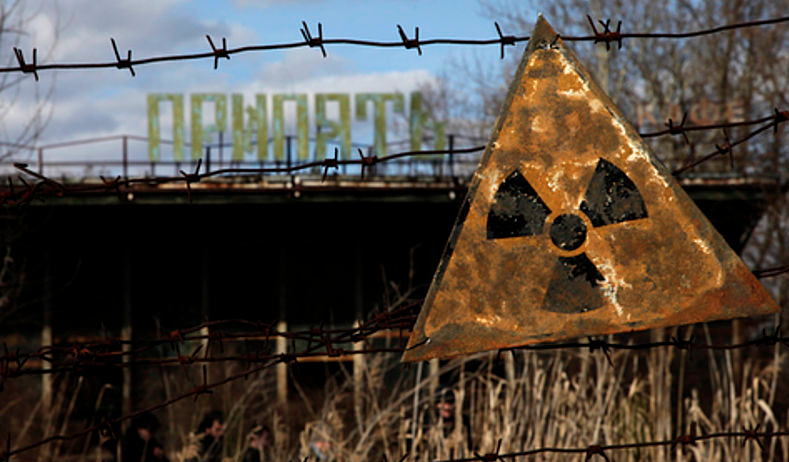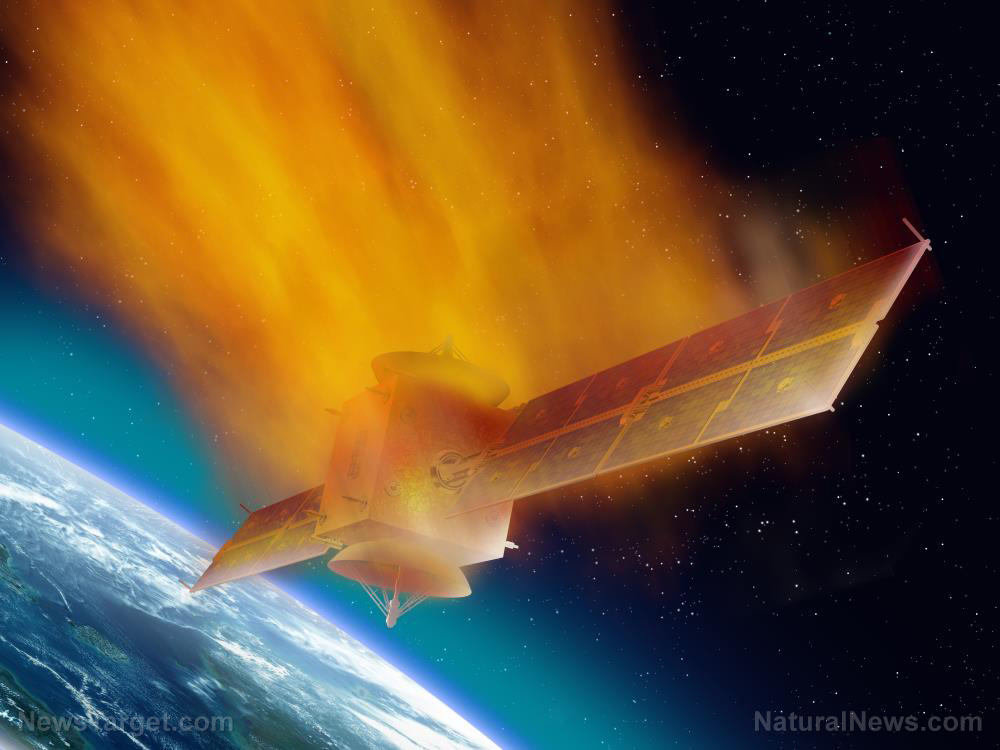New theory suggests that exploding magnetars bombarded Earth with gamma ray flares
09/17/2020 / By Virgilio Marin

A recent probe into three weird batches of gamma-ray bursts suggests that magnetars fissured due to magnetic field instabilities, releasing intense gamma rays that bombarded Earth’s atmosphere.
These bursts occurred on three separate occasions in the last 40 years. They lasted only about one-tenth of a second and posed no threat to the planet. But their premium intensity is highly unusual for the gamma-ray beams that regularly bounce around the universe.
First detected in 1979, they were found to be coming from magnetars, extremely dense and highly magnetized stars that are known to possess the strongest magnetic fields in the universe.
Scientists believe that some cataclysmic event occurred which caused magnetars to lash out with enormous energy, unleashing superstrong gamma ray bursts across space. However, it’s still unclear what those cataclysmic events are.
Researchers from the the University of Valencia and the University of Alicante in Spain offers an answer. They argued that the magnetic field of a magnetar was acting up, which caused the star’s crust to briefly crack open and emit inordinate levels of gamma rays.
They published their findings in the journal Monthly Notices of the Royal Astronomical Society.
Starquakes caused intense gamma ray bursts
The researchers looked into magnetic field instabilities to explain the three outlier gamma ray bursts. They relied on equations governing the twisted magnetic fields around magnetars. While these are usually stable, there’s a branch of equations in which those magnetic fields are unstable.
According to the team, unstable magnetic fields are self-correcting; they slam around until they find a new, stable configuration. This process releases about 30 percent of the total magnetic field energy across a magnetar’s crust. They take the form of magnetic energy waves that can be so tall as to span the south shore of Long Island to Connecticut. This energy can rupture a magnetar’s rigid crust, which is about half a mile thick.
When the crust busts open, a massive fireball blasts into space at a fraction of the speed of light. Previous research imagined a fireball as a bubble of particles that emerges on the side of a star. It is held in place by a bright beam of radiation that emits a giant burst of energy such as gamma rays. The fiery bubble slowly shrinks back down to the beam like the ball dropping on New Year’s Eve.
“Our results show that for typical magnetar field strengths… the instability is likely to break a large fraction of the crust down to the inner crust,” wrote the researchers. “For the largest magnetic fields the stresses induced in the crust are sufficient to shatter the entire crust.”
They also pointed out that the magnetars that generated the three gamma-ray bursts have extremely powerful magnetic fields.
This theory dovetails with an earlier explanation. Scientists classified the three intense gamma-ray bursts as products of starquakes, crustal ruptures that occur on stars and are similar to earthquakes. These cataclysmic events are thought to occur on magnetars. According to one theory, they occur because a magnetar’s magnetic field is moving, causing the crust to rip apart.
A magnetar is wrapped in a crust resembling superhot, dense, iron crystal. But while it’s made up of strong material, a magnetar’s crust is not quite strong enough to contain the effects of magnetic field shifts. Scientists estimated that a typical starquake measures magnitude 23 in comparison to the 1960 Chilean earthquake, which is considered the most powerful recorded earthquake at magnitude 9.4 to 9.6.
Starquakes, in turn, could unleash bursts of energy that could travel deep into space. (Related: Recurring bursts of cosmic radio waves reach Earth yet again.)
Learn more about the mechanisms that trigger starquakes at Cosmic.news.
Sources include:
Tagged Under: cool science, cosmic, earthquake, gamma ray burst, magnetars, magnetic field, neutron stars, radiation, research, Space, starquakes, Stars, universe, weird science
RECENT NEWS & ARTICLES
COPYRIGHT © 2017 RADIATION NEWS



















